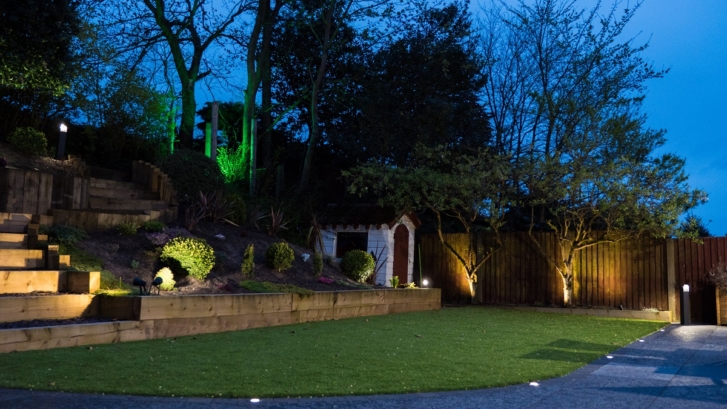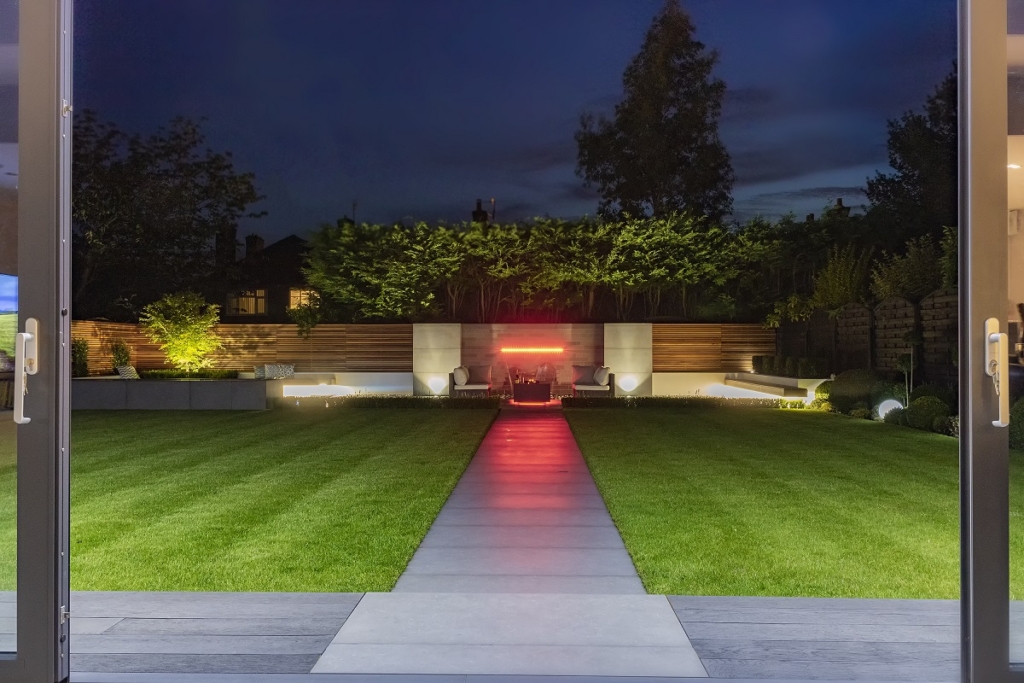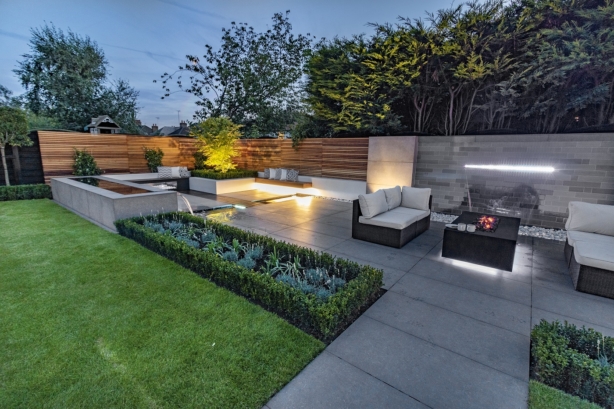
We are a leading manufacturer of quality internal and external lighting products for commercial, industrial and retail applications.
View all productsAt Ansell Lighting we design and manufacture an extensive range of luminaires for a diverse number of sectors and applications. Whatever the shape, purpose or style of your space, we have a lighting solution.
View all sectors & applicationsWe are a leading manufacturer of quality internal and external lighting products for commercial, industrial and retail applications.
Welcome to Ansell lightingWe are here to answer any questions you may have, help you find a stockist or speak to a local member of our team.
OCTO delivers the complete smart lighting package to transform the efficiency and ambience of commercial and residential spaces.
Find information regarding our product warranty, product data downloads and FAQs regarding lighting and technical terms. Here you will find support with training CPDs as well as useful lighting design and LED strip calculators.
The Do’s and Don’ts of Garden Lighting

Before attempting to create the ultimate lighting installation within a garden, it might be somewhat beneficial to add a few words of caution. This is in the hope that the installed lighting offers an aesthetically pleasing and energy-efficient solution, without exceeding the budget.
You can illuminate virtually anything in the garden, from architectural features to the decking, trees and planting, ponds or fountains, pergolas, patios or paths.
However, just because you can illuminate virtually anything doesn’t mean you should.
Paint a picture in your mind of the lighting proposal that you wish to install, by viewing the garden environment in its entirety, rather than just considering individual or local features on a one by one basis.

You have probably heard this so many times before, but for garden lighting, less is certainly more, in that shadows provide the feeling of mystery and can be subtle.
Excessive illumination can definitely look very artificial and remember it’s not Hampden Park or Wembley Stadium, it is a residential garden that you are lighting.
Try to conceal the luminaires wherever possible, as it’s the light you want to seen, not the fitting itself.
Design many differing effects into the garden scene by throwing light onto walls, reflections across ponds, and creating silhouettes.
It is important to create a different look to the garden scene by night to that which will be seen during the day. This has the ability to offer two differing solutions, and can be achieved by highlighting individual features with artificial light which would not normally be seen or provide a feature during the day.

Vary the light distribution beam angles and the light source wattage to create a precise effect. A lower wattage with a narrow beam angle could produce a greater effect by way of a controlled light pattern. With a higher wattage fitting and a wider beam angle you may end up with a floodlit effect.
Colour is critical in this type of garden lighting project, so utilise colour to create that optimum illuminating effect. However, be careful not to exceed what is considered as a lighting effect as that will make the area look too artificial, more like your local pleasure park.
Remember to always use quality equipment wherever possible on all external lighting projects, as this will help prevent equipment issues such as corrosion, the ingress of water or short light source life. These issues could result in product failure, just when they are required to illuminate the garden scene.
Avoid glare at all costs, and do not dazzle users in the garden, something which can be achieved by angling light away from the lines of sight by reflecting the light off other features. Where this is not possible, consider a controlled beam type fitting or use the garden foliage to assist in controlling the glare.
The positioning of the lighting equipment is critical as you are providing an installation, not just for the current, but for the future years as well. Do not position fittings in the vicinity of fast growing plants or shrubs as these may well have grown during the winter months, removing the light effect that the design had previously created.
It is important to note that some larger light source fittings can create excessive amounts of heat during long periods of operation. Precautions must be taken when positioning luminaires, particularly at low level, so as they will not encounter the users of the space. This is especially important where children use the garden space.
Having now gained some understanding of lighting within a residential garden from our initial three articles, look out for our full garden lighting guide coming soon.
You Might Also Be Interested In...

